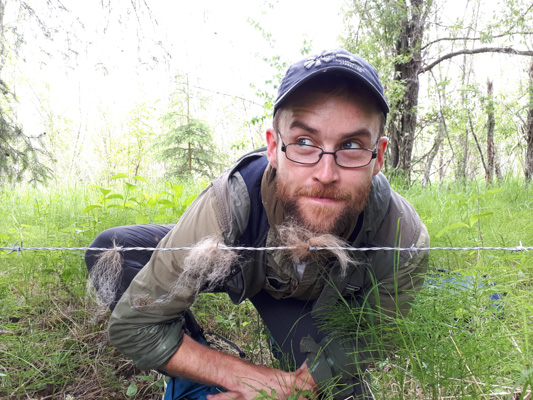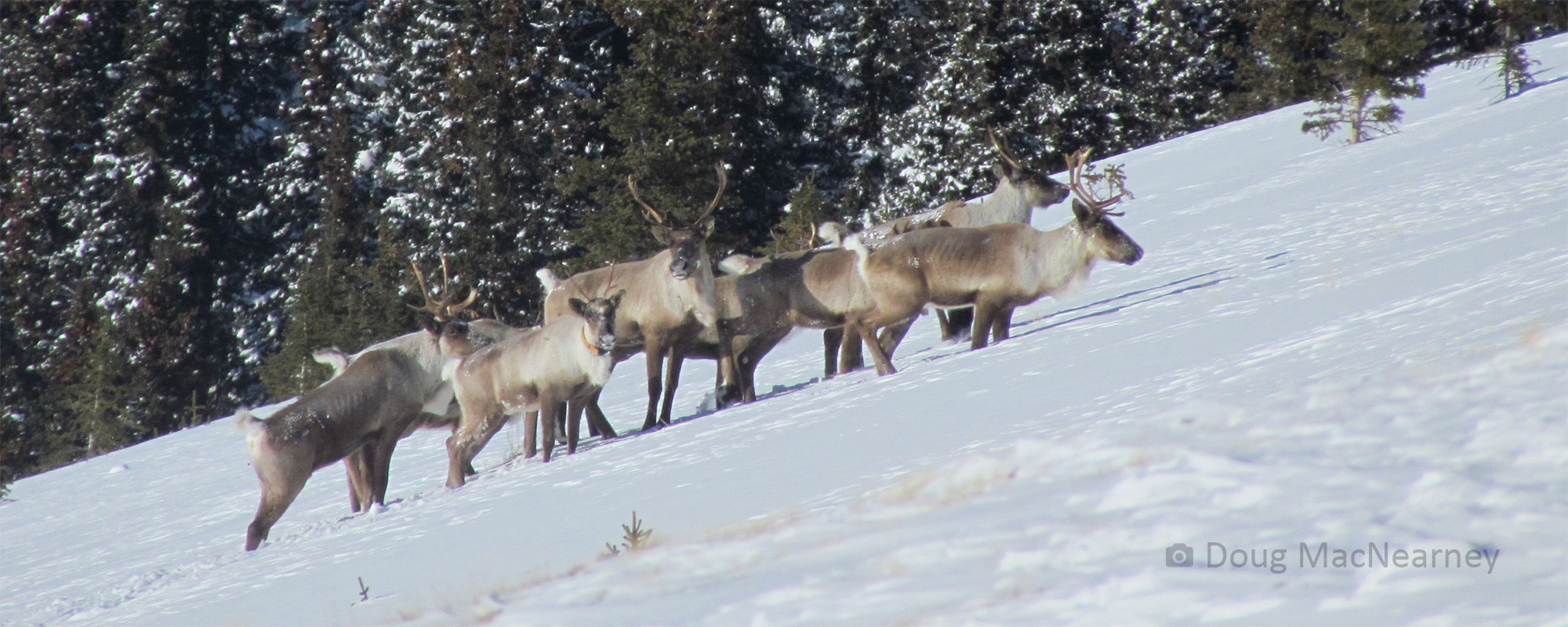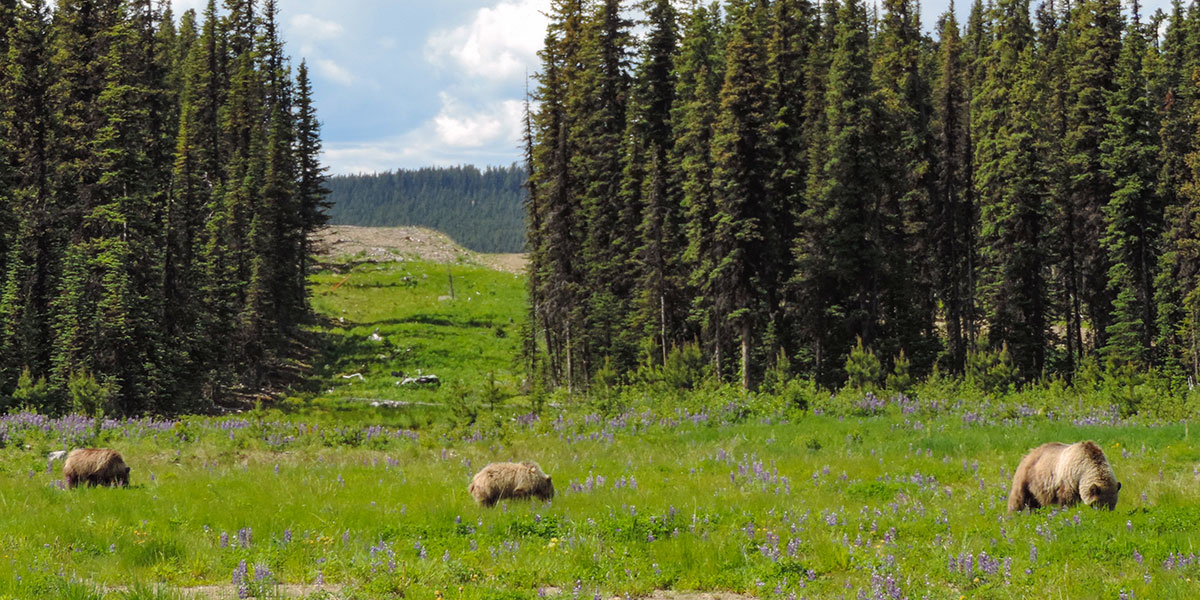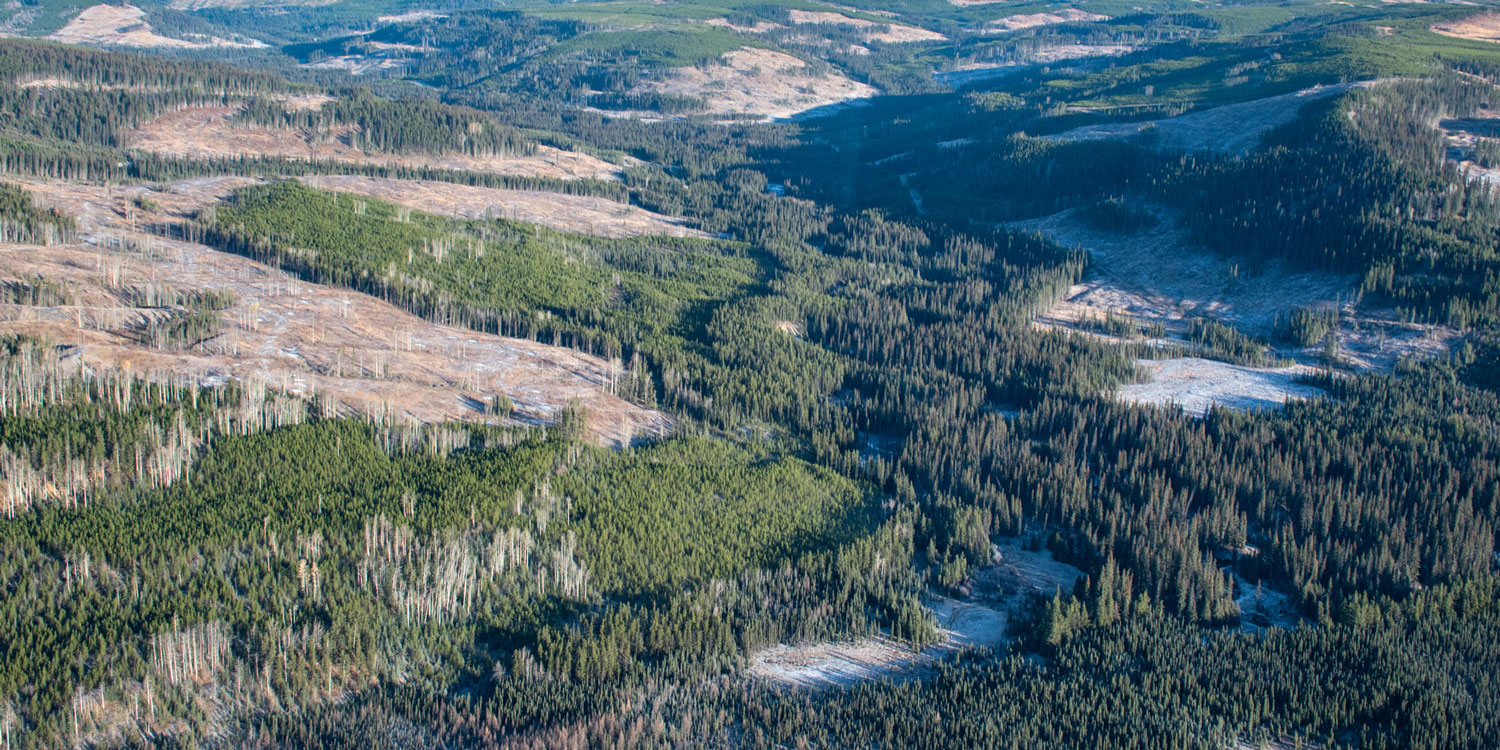
Abstract
We have found that combining information on steroids in hair and protein biomarkers in skin with DNA population inventories and other monitoring efforts has helped supplement quantitative apporaches to conservation and management strategies. This approach has helped us detect “stress hotspots” for grizzlies and identify landscape features that may be reponsible. These new methodologies may help wildlife professionals monitor the health of individuals without live capture.
Citation
Wilson, A., Stenhouse, G., Cattet, M., Janz, D. (2021). Capturing health data without capturing wildlife. Wildlife Professional, 15 (3), 46-49.






